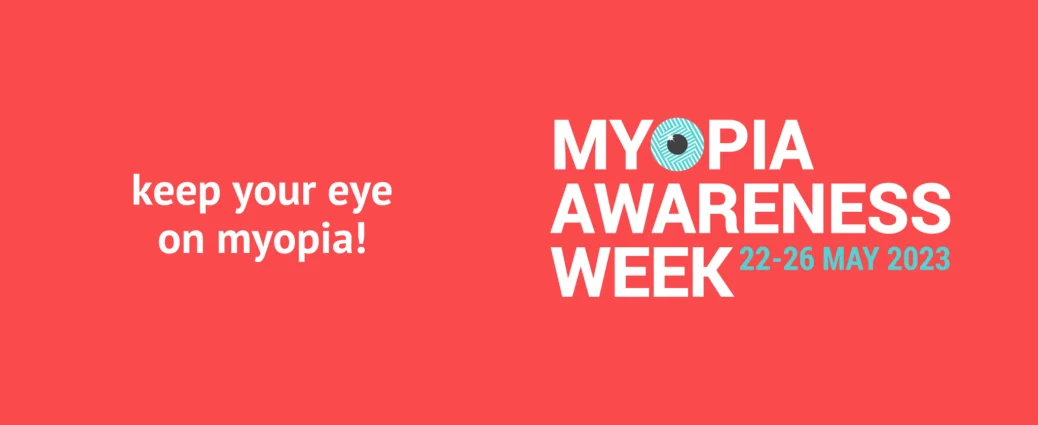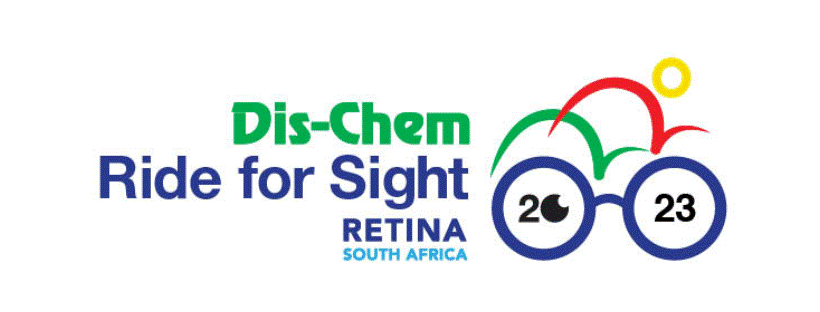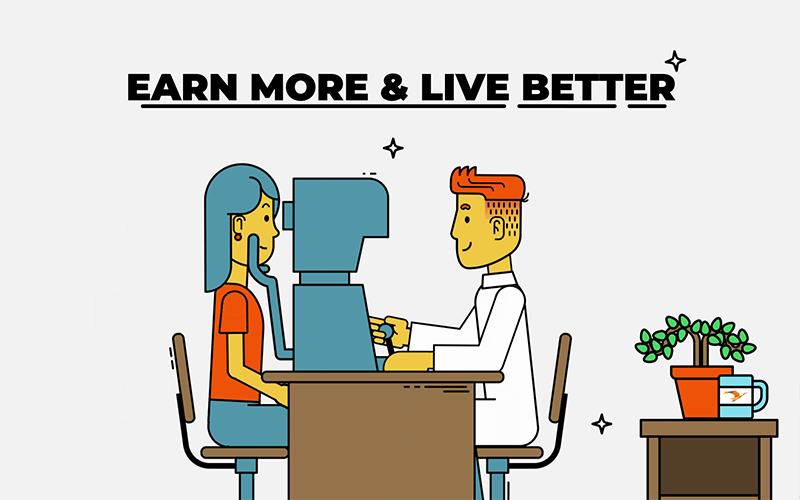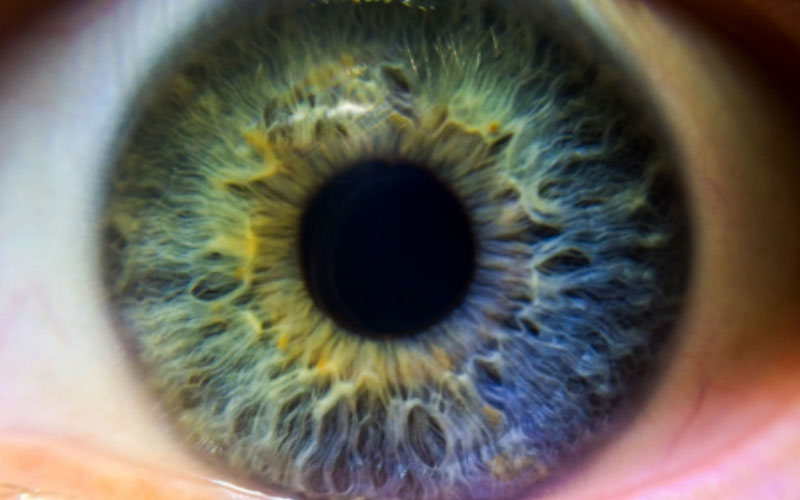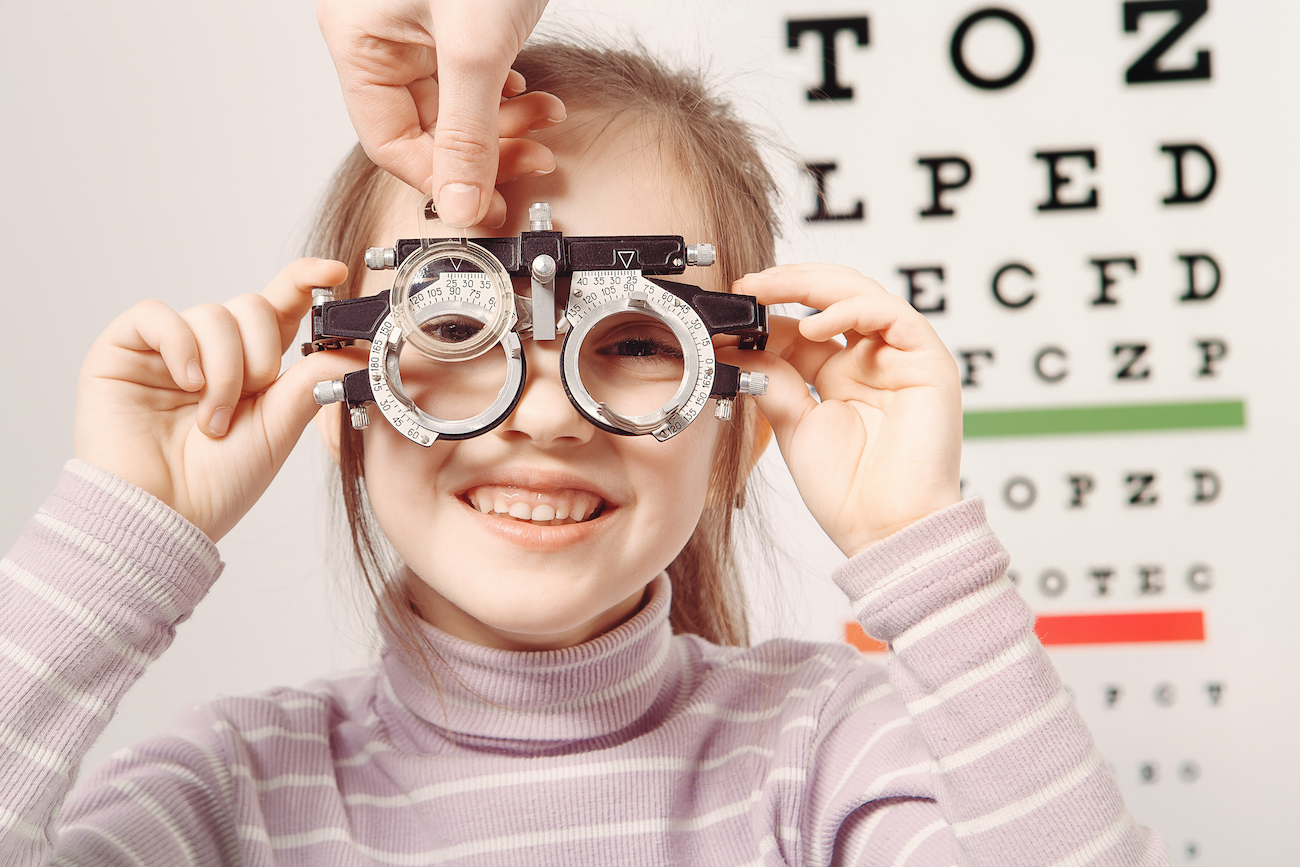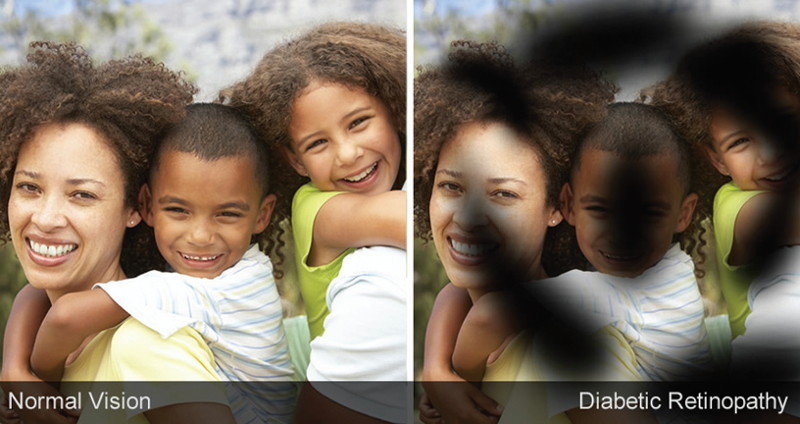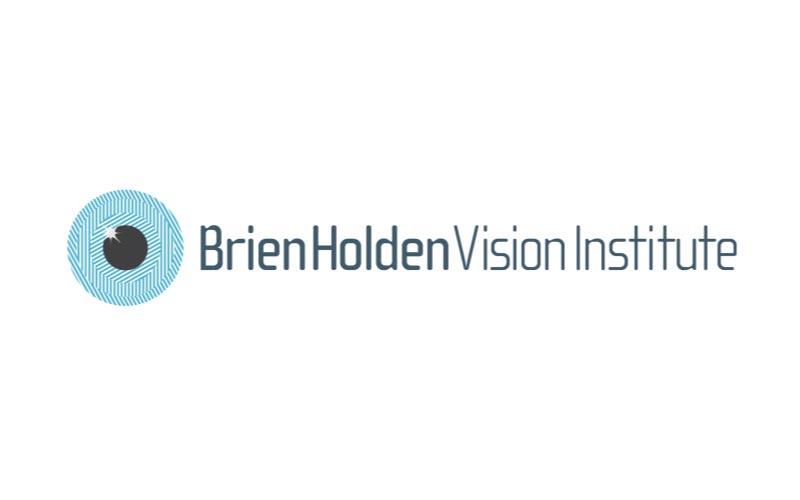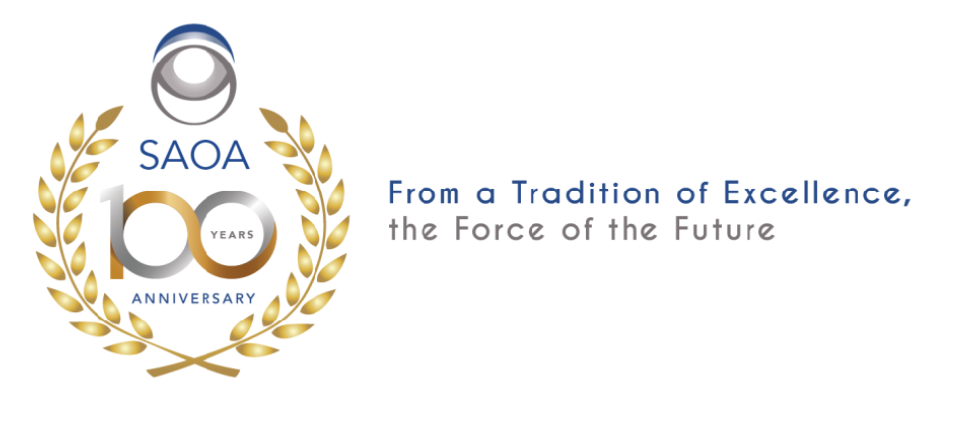
Myopia, also known as nearsightedness, is among the most common ocular disorders worldwide and is a leading cause of visual impairment in children. Studies have predicted that the global prevalence of myopia will rise from 28% of the world’s population, or two billion people in 2010, to 50% of the world’s population, or five billion people in 2050. Uncorrected myopia is a leading cause of blindness worldwide.
‘Keep Your Eye on Myopia’ is the theme of this year’s global Myopia Awareness Week, May 22-26, 2023. Myopia Awareness Week was created to bring attention to the growing epidemic of myopia in children around the world, including South Africa, and to promote myopia management as an essential component of eye health and vision care, particularly for children.
With treatment options advancing every year and increasing findings from leading bodies such as the International Myopia Institute and the Global Myopia Awareness Coalition (GMAC) providing further evidence-based research for slowing myopia progression, the time has come for myopia management to be regarded as an essential part of patient eye health. “We are now at a critical stage in the quest to effectively address myopia, where we now have the knowledge and means to create meaningful change in a world where half the population does not need to be impacted by this debilitating eye disease,” says Nivien Subramany, President of the South African Optometric Association (SAOA).
Why you should be concerned:
- Children with myopia are at greater risk for sight-threatening conditions later in life.
- A child with medium to high myopia is 5x more likely to develop cataracts.
- Medium to high myopes have a 5x greater chance of developing glaucoma.
- A mild myope is 21x more likely to develop retinal detachment while a high myope is 44x more likely.
Myopes are prone to develop bleeding and tears in the retina which can lead to severe vision impairment.
Steps To Be Taken to Stop or Slow Down Progression
The best course of action is to undergo a regular eye health and vision examination by an Optometrist and, where applicable, wear optical devices, as prescribed by an Optometrist. However, there are steps that can be taken to slow down or stop the progression of myopia, including spending time outside, eating healthy foods, and reducing the amount of time you spend reading or looking at screens.
Spend more time outside.
Recent studies suggest that spending more time outside as a child, teen, or young adult may help slow the progression of nearsightedness over the course of your whole life. Researchers haven’t recommended any particular amount of time but suggest going outside daily to improve your vision. These studies have suggested that simply spending time outdoors makes a difference. You don’t need to exercise, and it doesn’t need to be a sunny day in order for your eyes to benefit from outdoor time.
Reduce the amount of time you spend reading or looking at screens.
Close reading distance of around 20 centimetres and extended reading times of longer than 45 minutes can cause eye strain and worsen myopia. Take frequent breaks to look around the room when you are reading or looking at screens. Although some doctors recommend removing lenses when focusing on close-up objects, most studies show that there is no harm in wearing lenses full-time.
Adjust your computer’s screen settings.
Optimising your computer’s screen settings so that they are most comfortable to your eyes can help prevent eyestrain. Set the resolution on your computer screen to the highest option and adjust the brightness and contrast settings until they are comfortable to your eyes. Try to sit at least 20 centimetres (10 in) from the screen. The brightness of a room can change how the brightness of a screen affects your eyes. Readjust if the lighting changes or use an auto-adjust setting if your computer has one.
Avoid reading in dimly lit rooms.
One study suggested that increased indoor lighting could potentially reduce myopia. More research is needed in this area, but it won’t hurt to do indoor work in well-lit areas. Research suggested for many years that children who spent too much time reading in the dark developed nearsightedness. Although more recent research has cast doubts on this correlation, reading or writing in the dark can still cause eye strain.
Eat healthy foods that help preserve eyesight.
A vitamin- and mineral-rich diet can improve overall health and help preserve your vision. Some suggested foods include deep-water fish, leafy greens, eggs, carrots, berries, citrus, nuts, and beef. Aim to eat at least one serving of omega-3 fatty acids, vitamin A, vitamin C, and vitamin E every day. Talk to your Optometrist about how to supplement vitamins and minerals if you have a restricted diet.
The South Africa Optometric Association (SAOA), formed in 1924, is a professional association, representing the professions of Optometry and Dispensing Opticianry in South Africa, with an objective to address the eye health and vision needs of the public. For further information, the SAOA can be contacted via info@saoa.co.za.
*The Global Myopia Awareness Coalition was founded to promote a greater understanding of childhood myopia as a treatable disease.

